Rabbit Hole #3: Building a New Capital for Your Country Because the Old Capital Is 'Too Crowded'
Are these government megaprojects a good thing? 🕌
The Arab Republic of Egypt is building a new capital city. As of today, it is poetically called “New Administrative Capital.”1 It’s been under construction somewhere in the desert east of Cairo, the current capital, since 2015, and it is expected to cost something like 58 billion USD.
A couple of pictures, for you to judge (more in this thread):
I both hate it and like it. I hate the gigantic urbanism, the artificiality, the lack of anything organic, and the probably shady political reasoning behind it (it’s going to benefit the army most, and will help the government’s legitimacy; see this opinion piece). I do, however, like the aesthetics — the nods to Ancient Egypt, the magnificence, the sheer “we’re doing this because we can” energy.
Why is New Administrative Capital being built? Officially, because Cairo is “too crowded.” It’s true that Greater Cairo already has 20 million people, making it the largest metropolitan area in both Africa and the Middle East, and one of the largest in the world. Also it’s growing fast. In 2100, or maybe earlier, it might have 40 million people. So Egypt decided that was going to be bad, and embarked on this massive project.
On the surface I think it’s a terrible idea, and it would have been far better to spend the money on Cairo itself. But who am I to judge? Maybe this city will be great and awesome and will make Egypt a better place. I wish it for them.
The Republic of Indonesia is building a new capital city. Like Egypt’s, it doesn’t have a name yet. Unlike Egypt’s, it’s a newer project — the decision was made in 2019, and construction was supposed to begin in 2020, but hasn’t yet as of 2021 (as far as I know). The new capital will be built on the island Borneo, in East Kalimantan province, closer to the geographical center of the country than the current capital, Jakarta, is.
Some concept art:
It’s going to be surrounded by forest, and, you know, the concept art looks nice (concept art always does). What is the reason for the move? Jakarta, like Cairo, is too crowded — the area has 33 million people, which is more than Cairo. It is also sinking. And it’s not central enough relative to the vast Indonesian archipelago.
Will the new capital help with any of those things? Well, maybe. But it’ll cost a lot, and take a lot of time. Meanwhile, Jakarta will keep sinking and being crowded. And it’ll remain the economic core of the country, away from the new government centers in the forests of Borneo. Perhaps that is a good thing.
The Republic of Korea is building a new capital city. Well, almost — the core organizations of the government will remain in Seoul, but the new administrative capital will house most of the ministries. It is officially called the Sejong Special Self-Governing City.
The goal of Sejong City is to balance the economic development of South Korea, which is heavily centered on Seoul. But so far it hasn’t worked so well, even though Sejong is a “smart city.” People still commute there from Seoul. It’s a bit soulless.
I went into this post with a prejudice against capital moves. I learned about Egypt’s the other day, and it reminded me of the mother of horrible capital moves, Naypyidaw, the capital of Myanmar (or Burma, even the name of that country is controversial).
Naypyidaw replace Yangon as the capital of the Republic of the Union of Myanmar in 2005. The reason was, you guessed it, that Yangon was “too crowded.” Also, Naypyidaw is more central. And less susceptible to hurricanes. So the dictatorial government sent all the government of the offices in the middle of the jungle, 300 km away.
The result is… weird. There are a lot of pictures like this one, of humongous highways with almost no one on them:
It has the feel of a ghost city, too wide, too vast, too empty. Also the apartments are color-coded. For example, “Ministry of Health employees live in buildings with blue roofs and Ministry of Agriculture employees live in those with green roofs,” says Wikipedia. The result can be seen on Google Maps:
Naypyidaw seems frankly terrible. Although, as a counterpoint:

So when I read about Egypt and Indonesia’s planned moves, I was skeptical.
There are other examples from the recent past: Brasilia, the high modernist capital of Brazil. Yamoussoukro, the capital of Côte d’Ivoire, chosen by president Félix Houphouët-Boigny because it was president Félix Houphouët-Boigny’s birthplace. Islamabad, Pakistan. Abuja, Nigeria. New Delhi, India.
And so on and so forth. There are many more examples than I naïvely suspected, and you can see the list of purpose-built capitals on Wikipedia. It goes all the way back to Baghdad, Kyoto, Constantinople, and, to nicely circle back to Egypt, Akhetaten (or Amarna), the capital of pharaoh Akhenaten, a heretic king of Ancient Egypt who declared a new monotheistic state religion and built a new capital to further his influence.
But now I’m wondering if my skepticism is unwarranted. Many purpose-built capitals are fine.
Maybe modern designs are worse than older ones. But after some thinking and exchanges on Twitter, I wonder if it’s just their young age.
Imperial Russia moved its capital to St. Petersburg in 1712, on a swampy area — and it reportedly took a long time until it became a good city to live in. Baghdad was founded as an ideal “round city” in 762 — clearly a very planned city. It eventually became one of the greatest cities and is still the capital of Iraq 1259 years later. Washington was also a planned capital, with the US government moving there in 1800; but it took a long time before it became a major city.
Planned cities kind of suck; organic urbanism is better, more lively, more beautiful. But maybe building a planned capital is okay, if you let it grow.
Give Naypyidaw, Sejong, the East Kalimantan city, and Egypt’s New Administrative Capital a century or two, and they’ll become bustling, organic, glorious cities. Maybe.
The best candidate name right now is apparently “Wedian.”




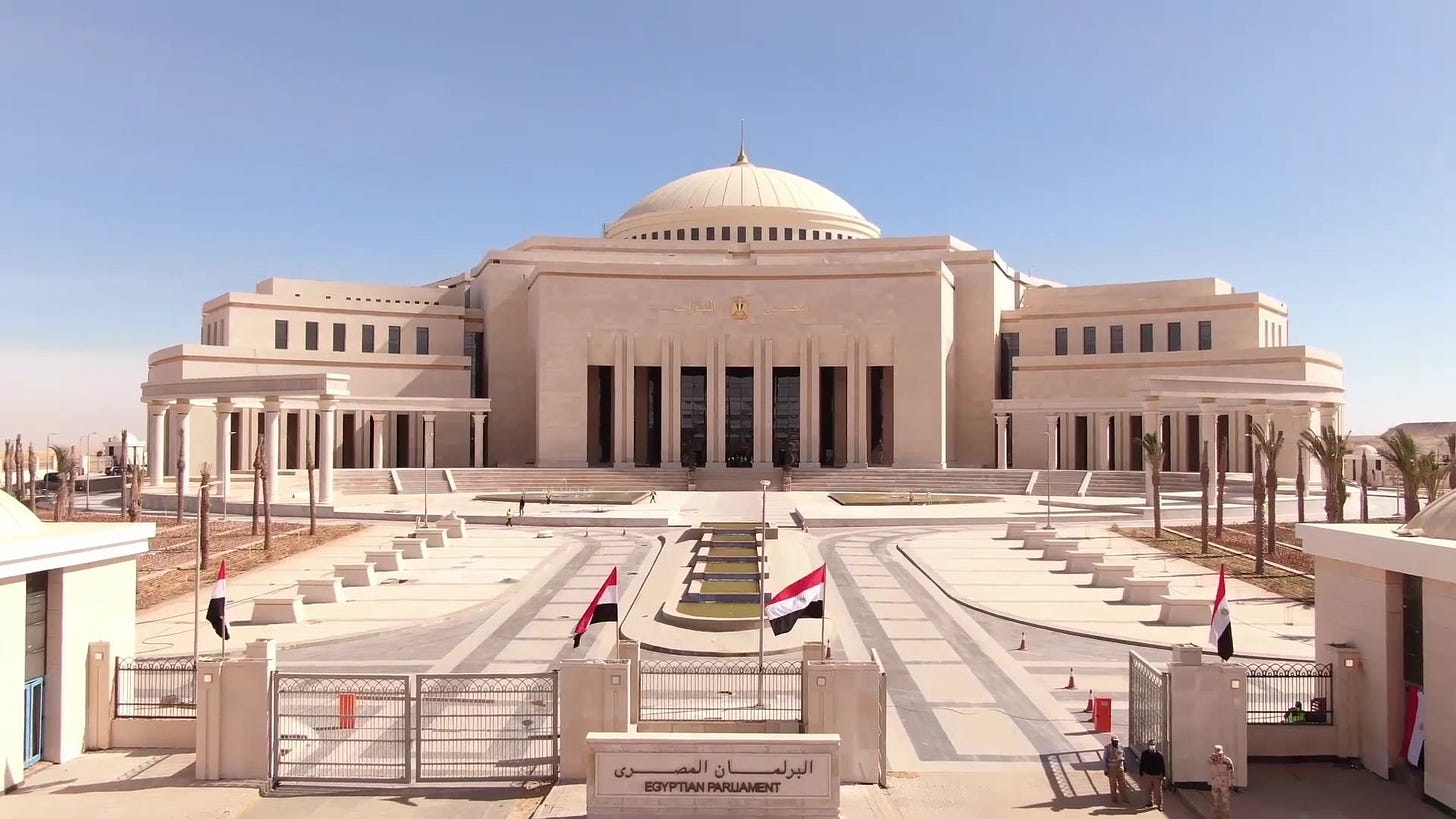
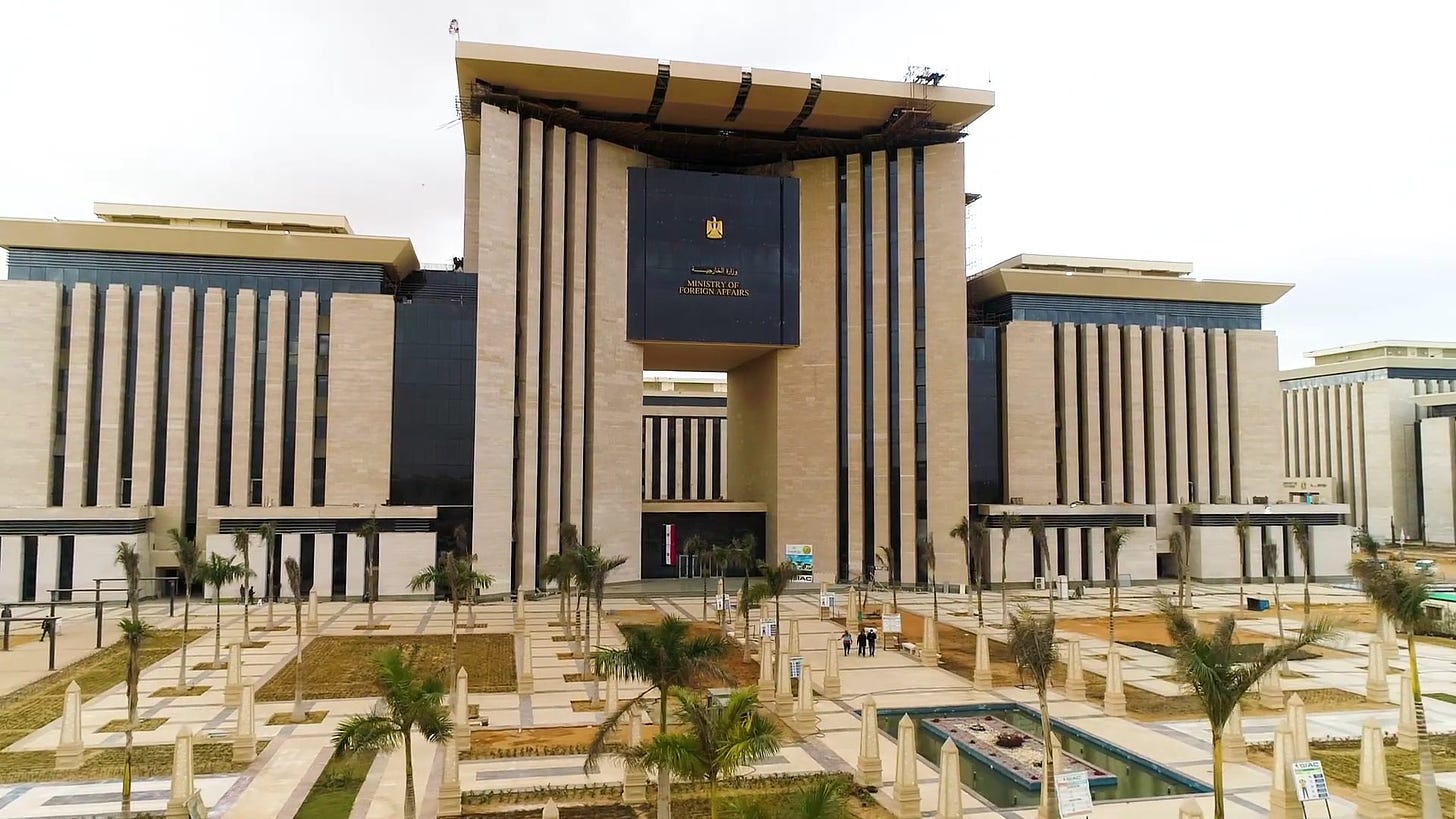
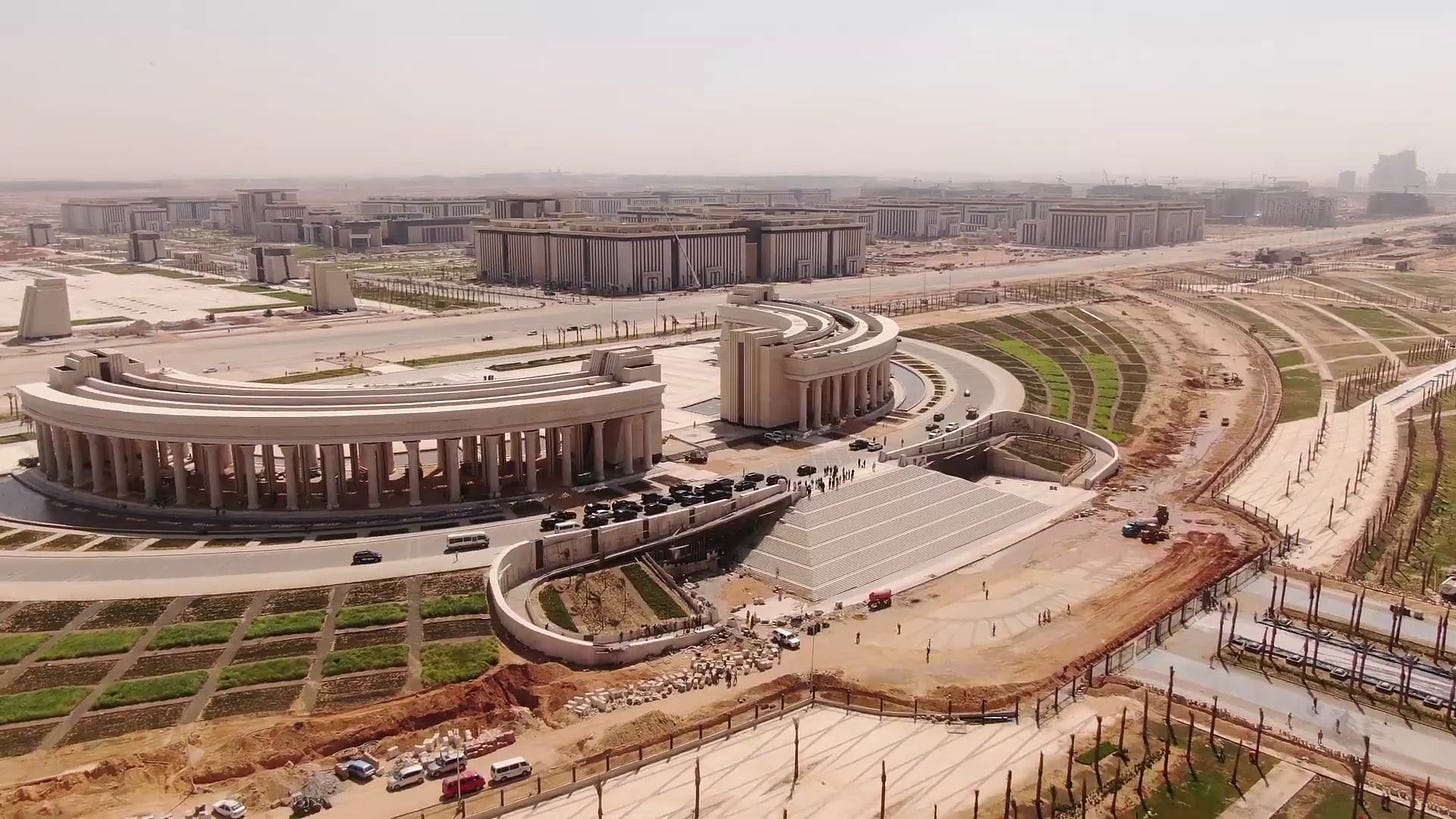
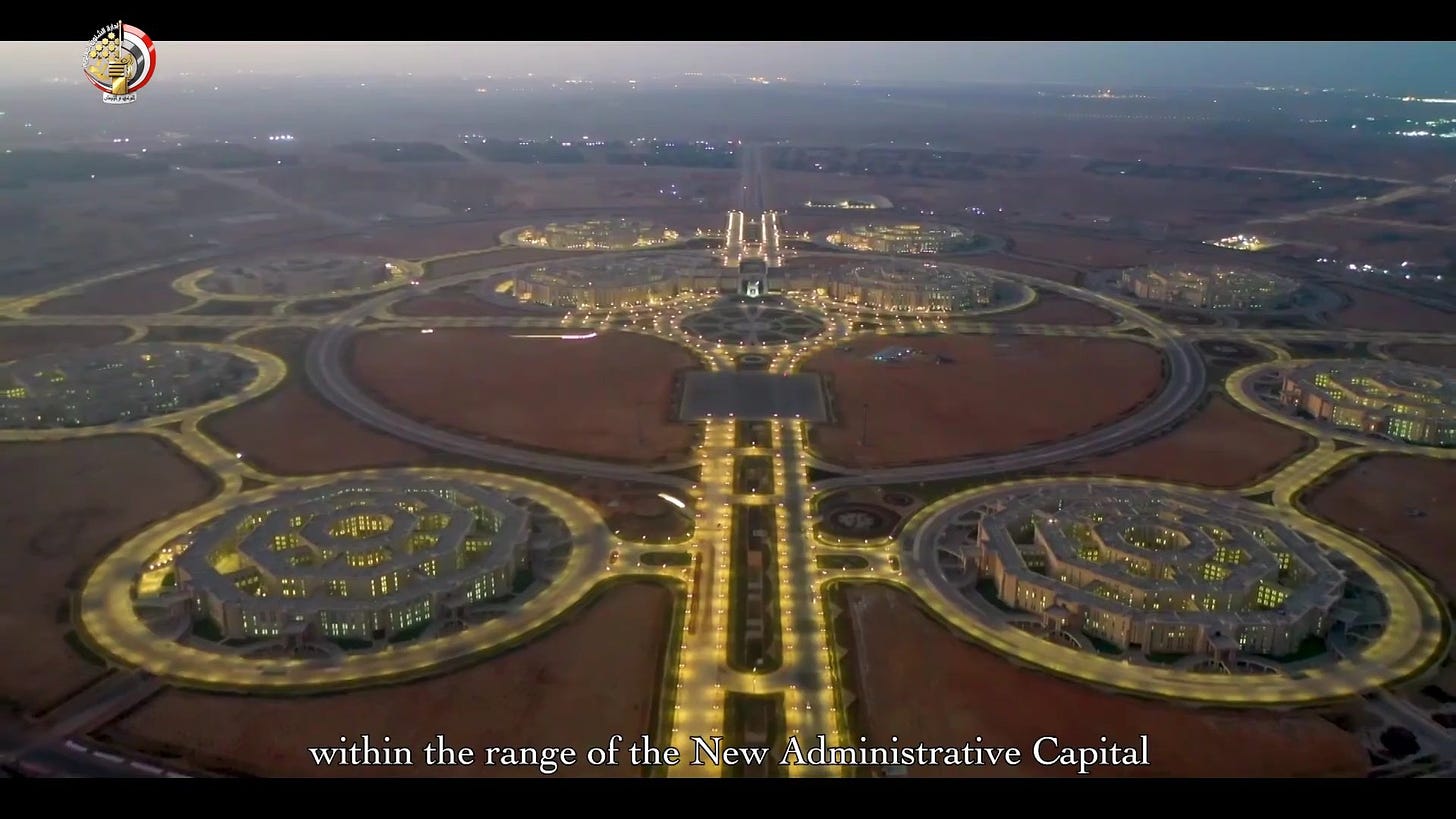
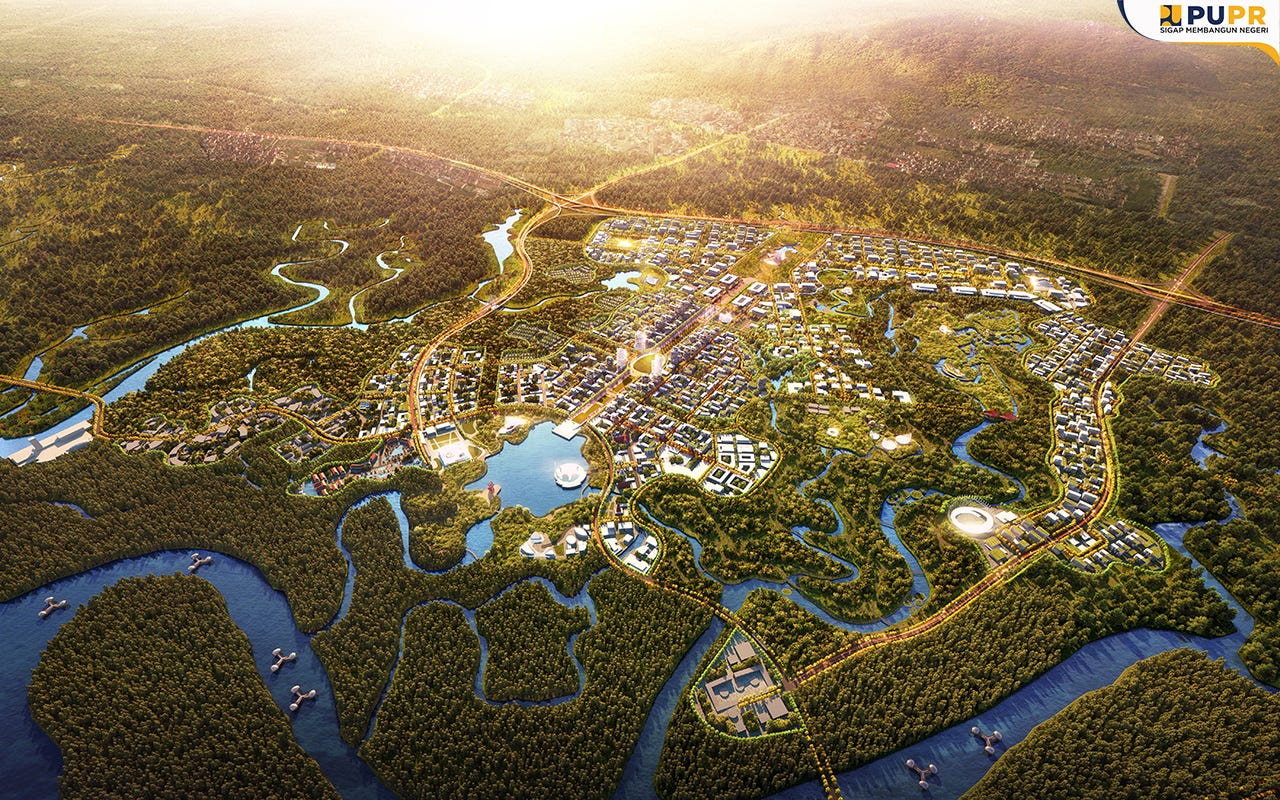
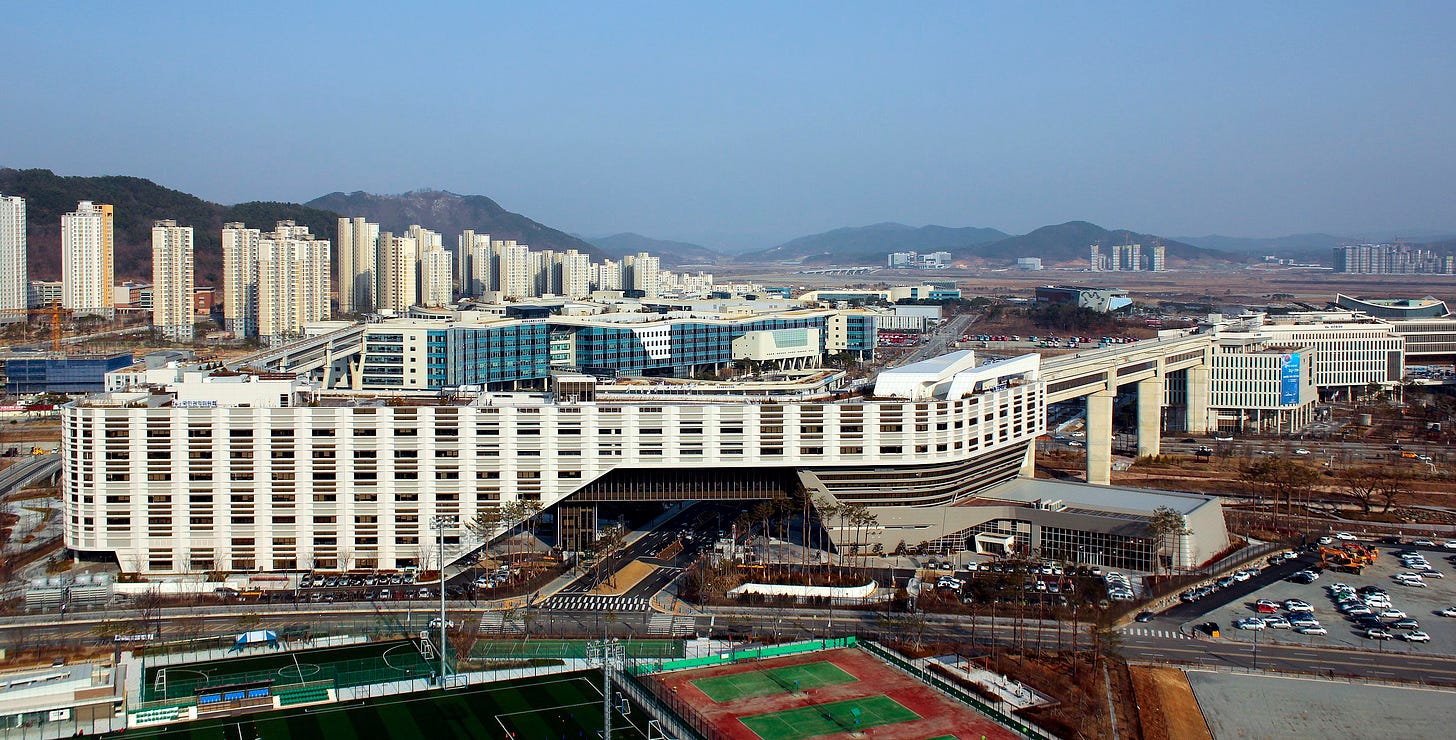
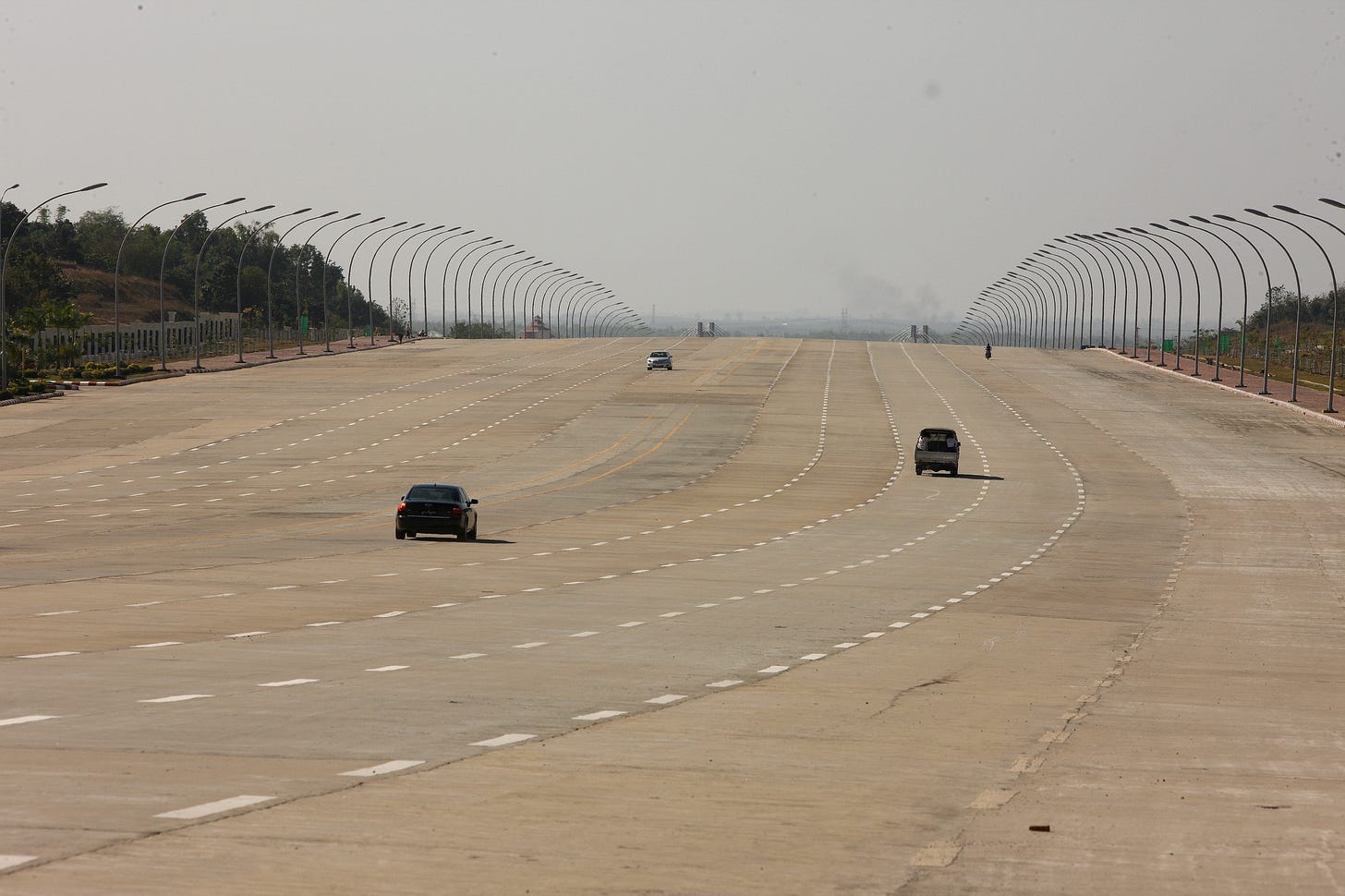
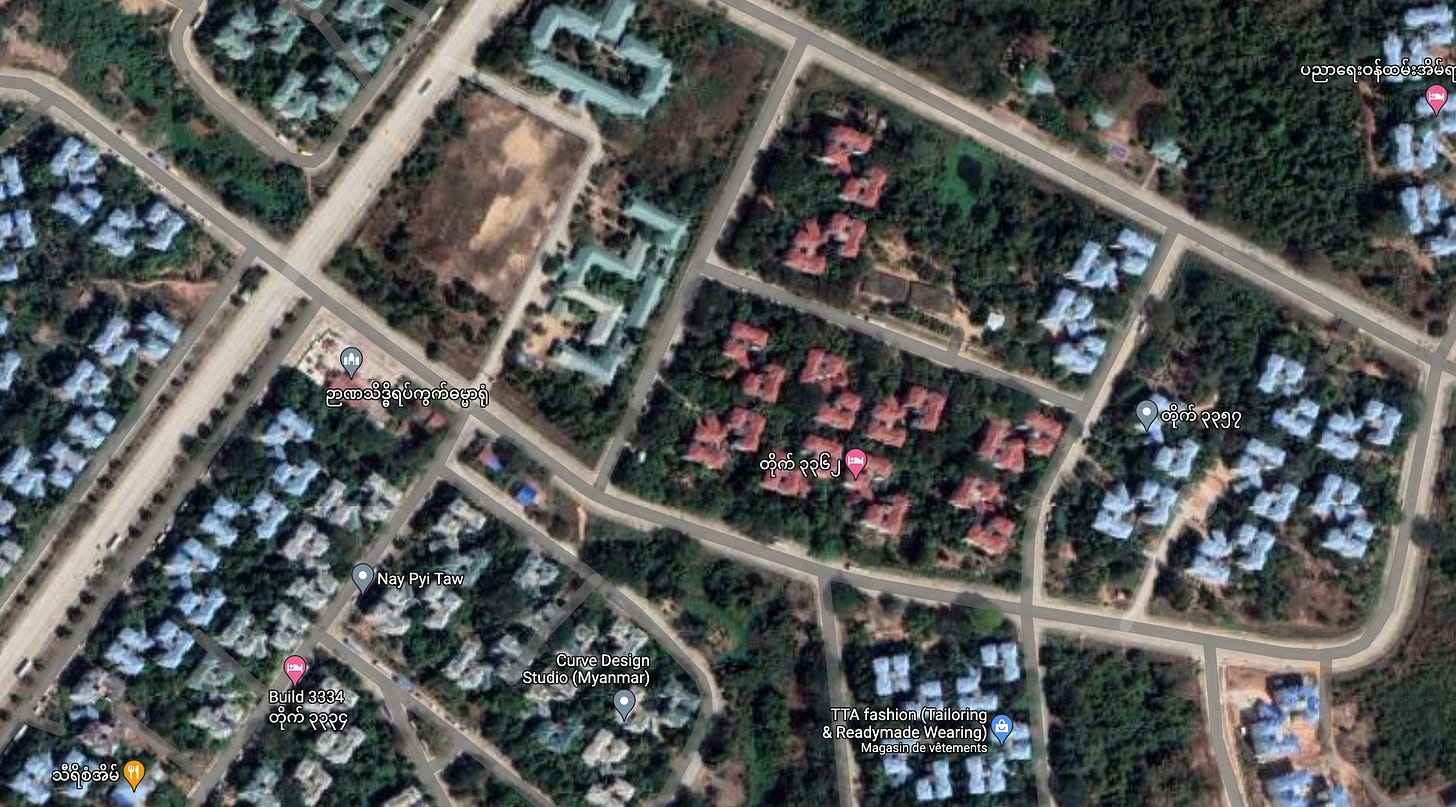
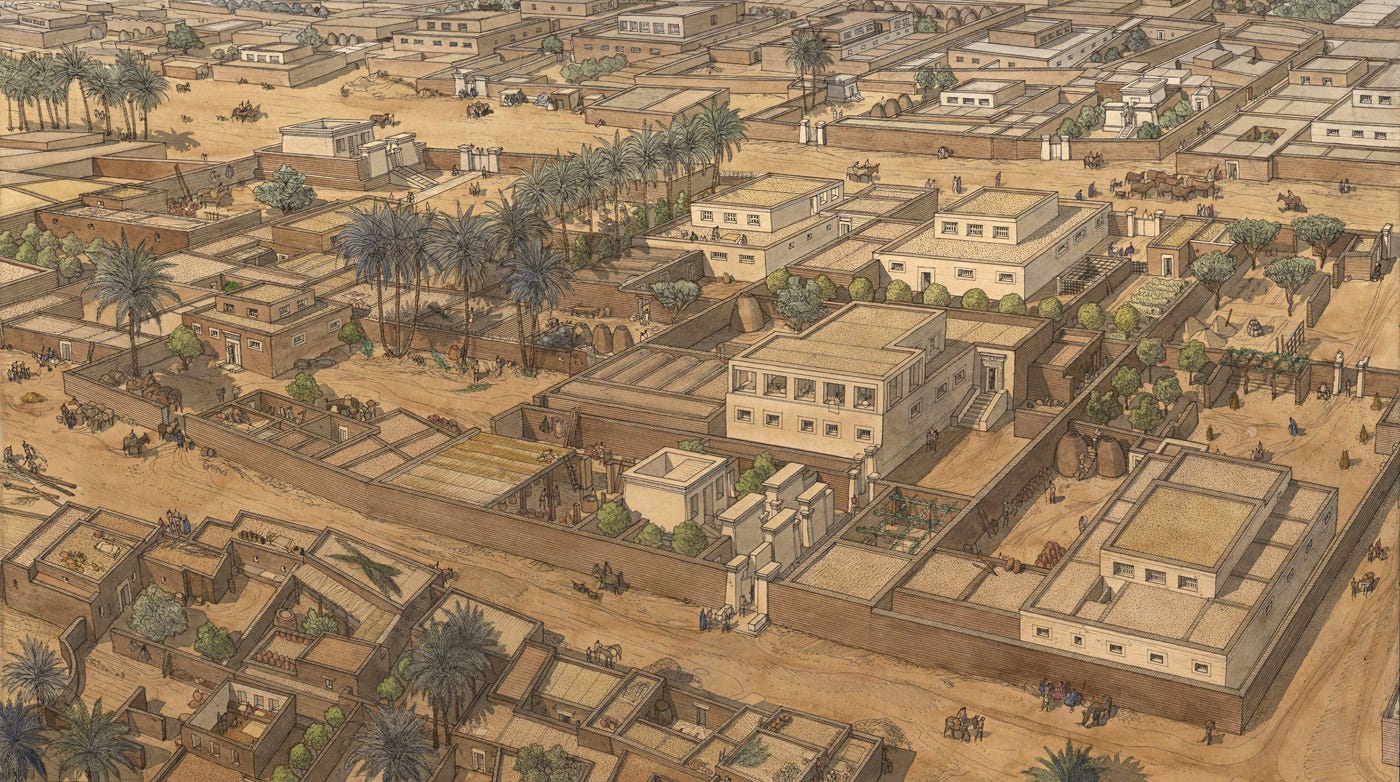
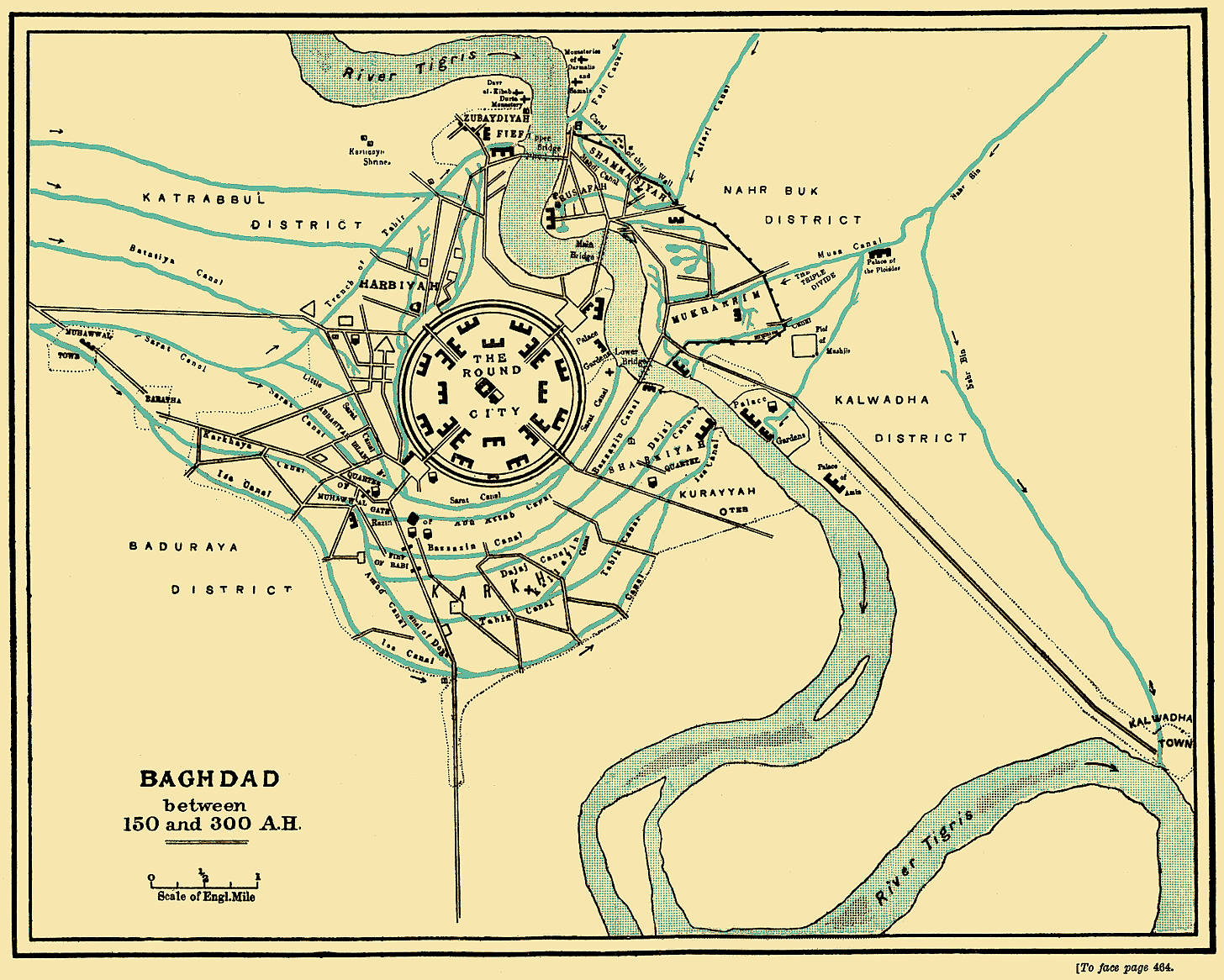
Memetic transplant is the major issue, most "new cities" do not copy the critical traits that makes the original good (e.g. Hong Kong has no alternative, as it is westernized, intelligent and creative).